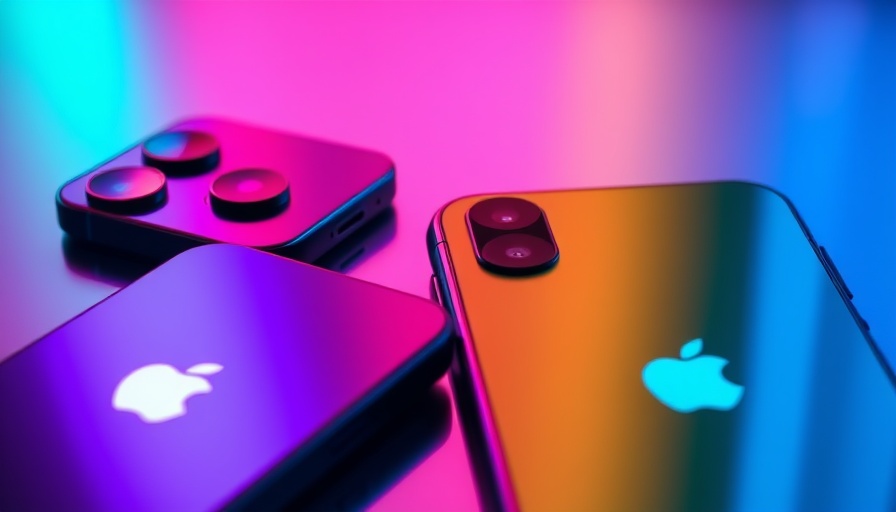
Understanding iOS 26: What's New for Users?
With the impending rollout of iOS 26, it’s important for business professionals to stay updated on how these changes will affect their devices and workflows. Apple is known for its seamless integration of software updates, enhancing user experience and device functionality. The most recent iteration, iOS 26, introduces remarkable features that promise to enhance productivity, security, and overall usability.
Supported iPhone Models: Who's In and Who's Out
Apple has set a precedent for maintaining support for older devices, but as technology evolves, so do the capabilities of software. With iOS 26, a range of iPhone models will receive the latest update, while others will be left behind. The supported models include the iPhone 14, iPhone 13, iPhone 12, and iPhone SE 2022. These devices will benefit from the latest security patches, user interface enhancements, and improved battery management features. In contrast, older models—like the iPhone 11 and iPhone XR—will not support this update, urging users to consider their upgrade options.
Future Implications for Business Operations
This selective support is not merely a technological choice; it bears significant implications for businesses that rely on Apple products. Companies that equip their workforce with the latest iPhone models can anticipate a smoother transition with updated applications, enhanced security measures, and new functionalities. For instance, the improved multitasking capabilities in iOS 26 may foster a more streamlined workflow for teams. Conversely, businesses utilizing older models may find themselves at a disadvantage, grappling with outdated software that could jeopardize productivity.
Market Trends: The Push Towards Automation
Particularly noteworthy is the integration of AI features in iOS 26. As automation continues to influence various sectors, having devices equipped with the latest technology is crucial. AI-driven applications can significantly enhance tasks such as data analysis and digital marketing strategies, enabling businesses to optimize their operations. Hence, CEOs and marketing managers should not only consider the immediate benefits of upgrading but also the long-term competitive advantages that accompany the adoption of the latest technology.
Risk Factors: What Happens If You Don't Upgrade?
Ignoring the update can lead to security vulnerabilities and compatibility issues with key applications, affecting everything from employee collaboration to customer engagement. As businesses transition to a more digital-first approach, the potential risks associated with outdated software become increasingly apparent. That's why staying informed about device capabilities is essential to maintain a secure and productive work environment.
Actionable Insights: Decision-Making for Enterprises
Understanding which devices support iOS 26 is pivotal for business decision-makers. Based on your current inventory of devices, evaluate your upgrade strategy. Prioritize investing in devices that support the latest iOS to avoid falling behind in performance and security standards. Engaging with your IT department to assess the implications of this update can set the groundwork for more informed technology investments.
 Add Row
Add Row  Add
Add 




 Add Row
Add Row  Add
Add 

Write A Comment